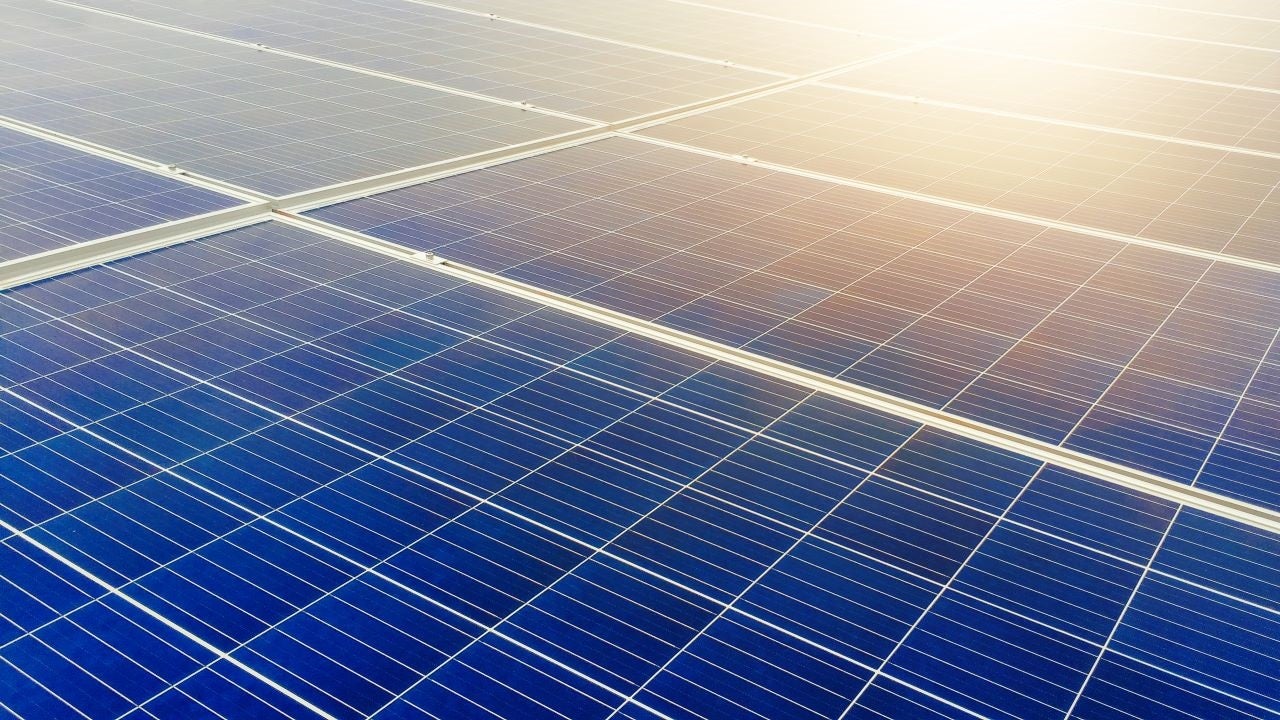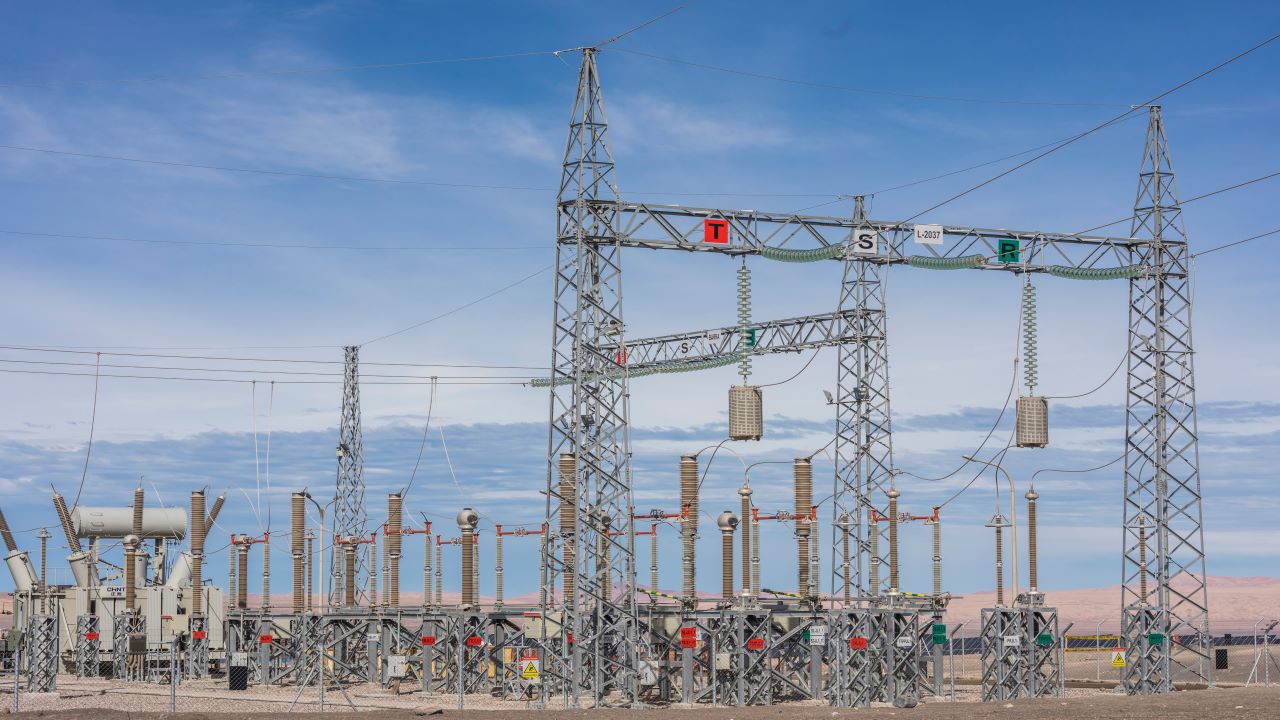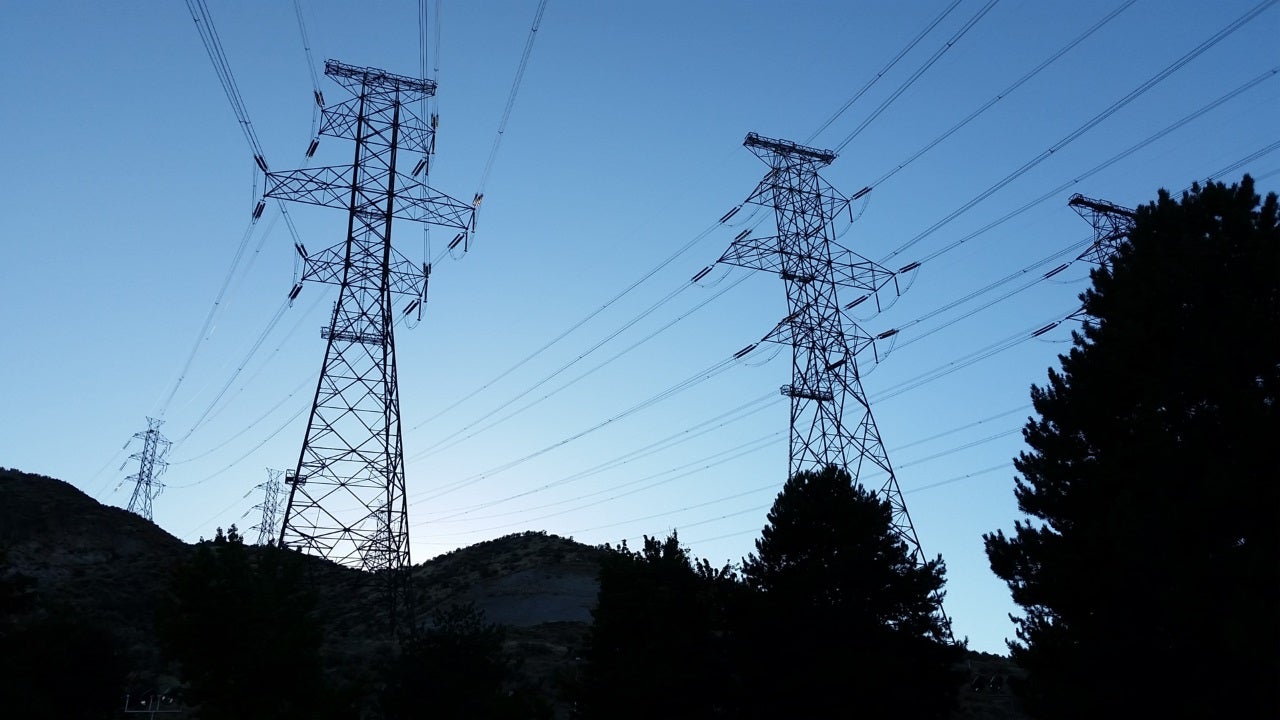The Neemuch Solar Park is a proposed 500MW photovoltaic (PV) solar power plant development in the district of Neemuch in the state of Madhya Pradesh, India.
The project is being developed by Rewa Ultra Mega Solar (RUMSL), a joint venture of Madhya Pradesh Urja Vikas Nigam (MPUVN) and Solar Energy Corporation of India (SECI).
The facility is estimated to create up to 600 construction jobs and approximately 165 technical jobs once operational. It will also employ up to 225 personnel during the operational phase.
The Neemuch Solar Park is part of a larger solar farm development project within the state, which also encompasses two other solar parks under implementation, the 550MW Agar Solar Park and 450MW Shajapur Solar Park.
The electricity generated from the solar parks will be supplied via Power Grid Corporation of India Limited (PGCIL) to Madhya Pradesh Power Management Company (MPPMCL) and Indian Railways in eight states.
Project location details
The proposed Neemuch Solar Park will be developed across an area of approximately 1065.7ha, located in the villages of Badi, Kawai, and Bardawada within Singoli division of Neemuch District in Madhya Pradesh, India.
The project site is located near Madhya Pradesh and Rajasthan state border, approximately 70km away from Neemuch town. It is connected to the State Highway – 9A through village roads. The nearest railroad access is at Mandalgarh, Rajasthan, approximately 25km to the north of the site.
Neemuch Solar Park details
The Neemuch solar power plant will be divided into three units, Unit 1 (160MW), Unit 2 (170MW), and Unit 3 (170MW).
The three units of Neemuch Solar Park are envisaged to use solar photovoltaic modules based on poly or monocrystalline and / or cadmium telluride (CdTe) thin-film solar cell technologies of varying capacities. The panels will be mounted to a fixed-tilt on a single axis tracking module mounting structure.
A 1,000kW power conditioning unit (PCU) or inverter is proposed to be deployed at the solar park to monitor battery and solar voltage, as well as grid and output voltage.
The cable rack method is planned to be used to connect each power generating unit to an individual 33/220kV pooling substation through 33kV transmission cables.
A control room is planned to be constructed at each pooling station for gathering data on forecasting, scheduling, monitoring, and dispatching for the submission to the load dispatch centre. The main control building will house a switchgear room, SCADA / control room, and telecommunication infrastructure, including a battery / auxiliary room.
Power transmission from the Neemuch Solar Park
The renewable power generated at the Neemuch solar PV facility will be evacuated through a 220/400kV interstate transmission system (ISTS) substation, which is planned to be constructed by PGCIL in the village of Badi, which lies to the north of the proposed project site.
The ISTS substation will be connected to the Unit 2 internal pooling substation via a 2.2km-long, 220kV single circuit transmission line and to the Unit 3 internal pooling substation via a 2.55km-long, 220kV single circuit transmission line. A 3.2km-long, 220kV transmission line will be constructed to interconnect Unit 1 substation to Unit 2 substation.
The internal pooling substations of units one, two, and three will be accessed via 7.5m-wide bituminous roads with a total length of 15.5km.
Key players involved
The environmental impact statement assessment (EISA) for the Neemuch power plant was prepared by the Environmental Resources Management (ERM).
The funding for the Internal Evacuation Infrastructure is being provided by World Bank via the Indian Renewable Energy Development Agency Limited (IREDA) with International Finance Corporation (IFC) acting as the transaction advisor. PGCIL is the management contractor for the construction of the internal power evacuation infrastructure, including the construction of substations associated with the project.
Swedish-Swiss multinational company ABB will supply and install the PCU at the solar facility.






